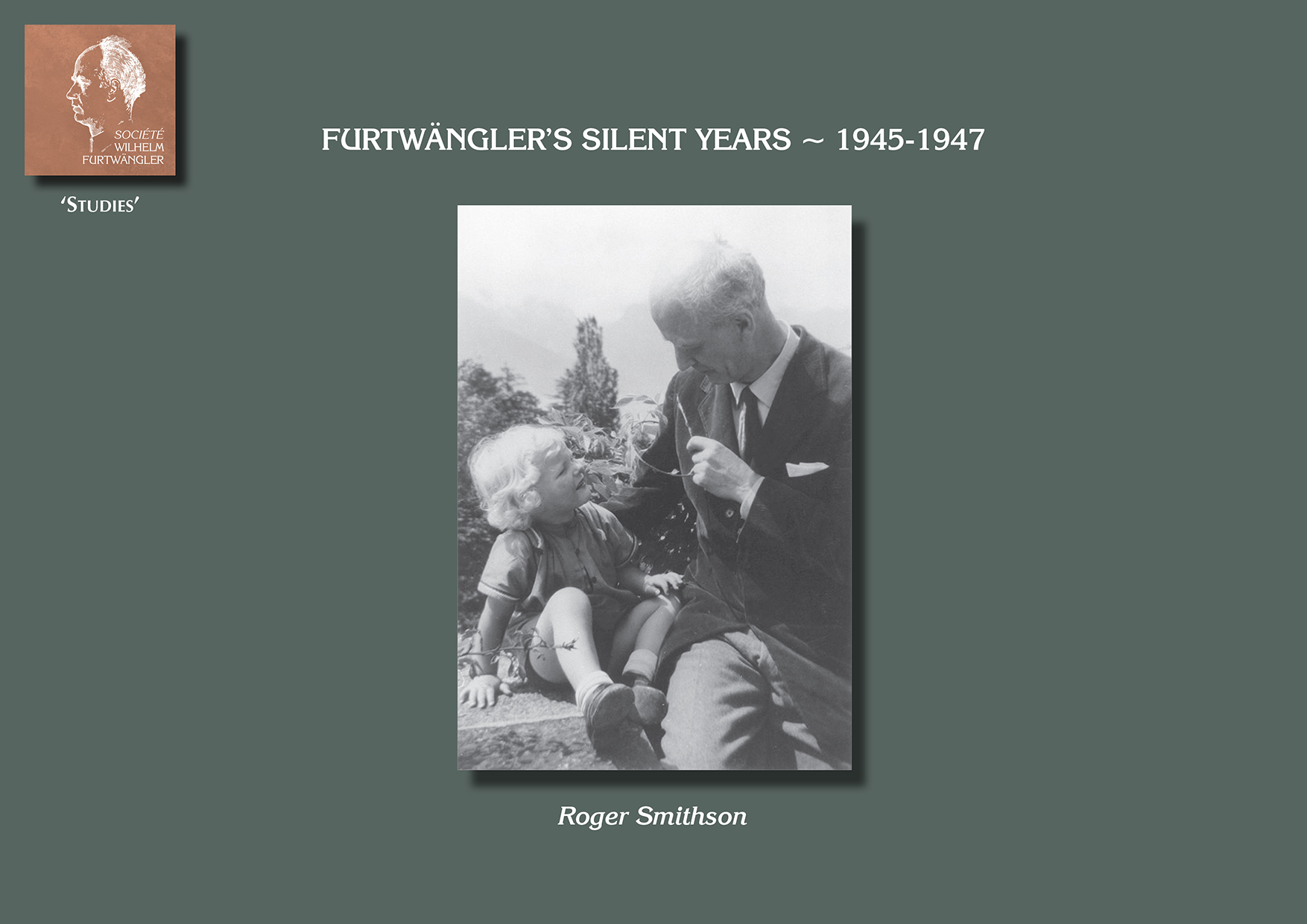News
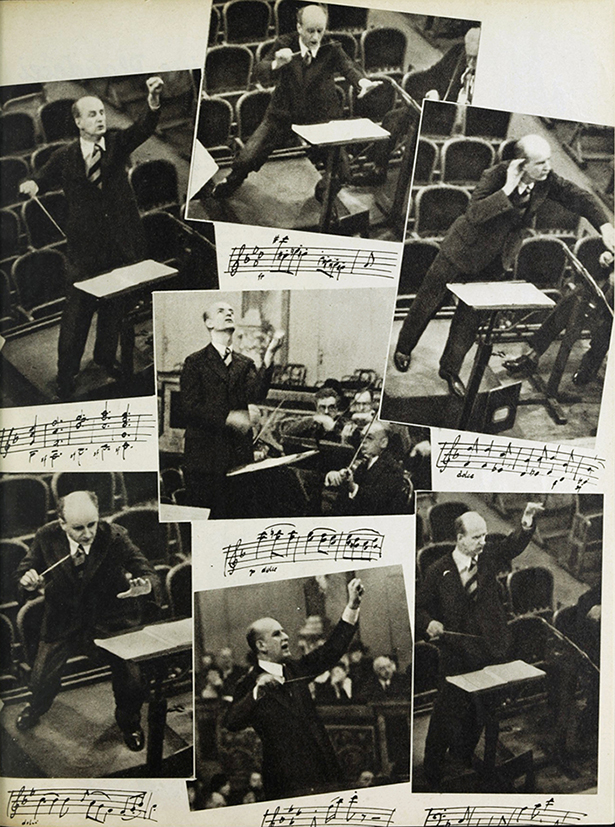
We had no visual records of Furtwängler’s concerts with the Vienna Symphony Orchestra. The void is now filled with two photos: the Saint Matthew of 16 and 17 April 1935 and Haydn’s Creation of 7 and 8 December 1937. On the other hand, there are no sound documents other than of the Deutsches Requiem of 1951...
And, so no-one is jealous, we have added two photos of the concerts of 11 and 12 February 1939, of the Philharmonic this time; and, notably, the only photo, as far as we know, of Furtwängler accompanying Wolfgang Schneiderhan (Beethoven’s Romance No 2).
These photos can be viewed — by members — simply by clicking above on the corresponding concerts.
Once upon a time there was a musician, Viennese by adoption, who from a very early age seemed destined for a brilliant future. He was acclaimed as a genius from his first compositions. His name was Erich Korngold, and not for nothing had his father, a musician, given him the auspicious middle name of Wolfgang. The greatest figures of the day leaned over his cradle: Mahler, Strauss, Zemlinsky, Weingartner, Nikisch. And his initial successes, including two operas, Das Ring des Polycrates and Violanta, had confirmed all the predictions. But being named Wolfgang doesn’t make one a Mozart, and though he lacked neither talent nor ambition, the wellsprings of his genius gradually ran dry. For artistic reasons which were soon accompanied by political ones, the composer sought refuge and work in the United States, and in particular in Hollywood, where he got his second wind writing the marvellous scores that accompanied the handsome Errol Flynn in Robin Hood and the lovely Olivia de Havilland in Captain Blood (or vice versa...).
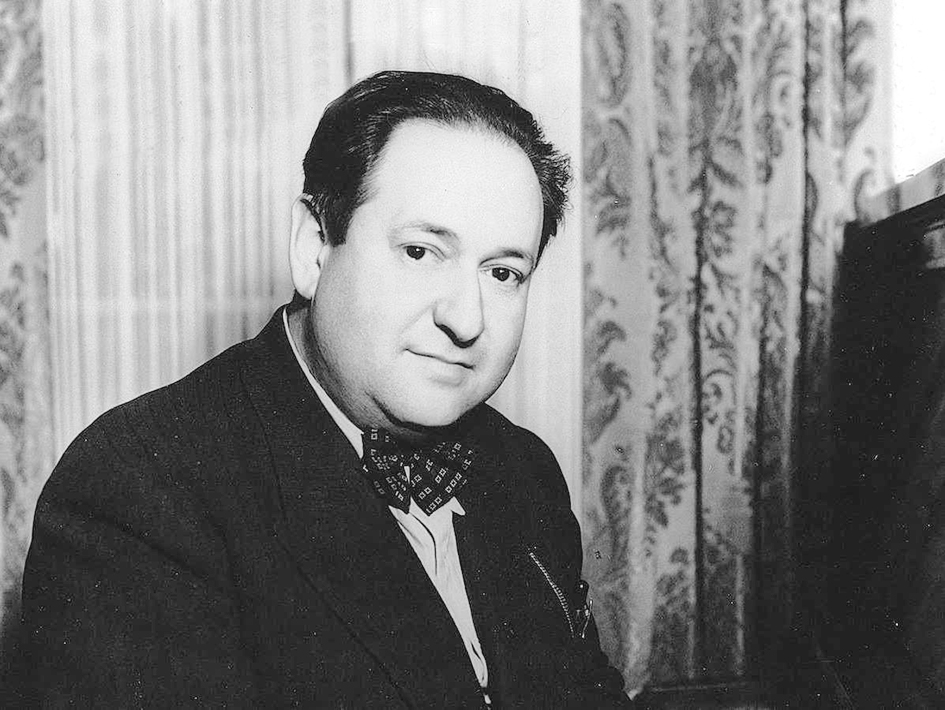
He cherished the hope of returning to the "classical" scene, and after the end of the war he arranged to return to Vienna with a symphony, serenade and concertos in his luggage. Furtwängler played his part, giving the first performance of the Serenade for strings at the Vienna Philharmonic. But the world had changed, and with it Vienna, and Korngold was never to recover the position which he had once briefly occupied.
We present the programme for this world première — 15 January 1950 —, in facsimile, also available from the "Get the programme" page.
This is a reprint of a study first published in 1997 by the British member and friend of the SWF, Roger Smithson.
In February 1945 Furtwängler fled to Switzerland, where he was allowed to stay but reduced to silence. During this period he was obliged to undergo the process of "denazification", first before an Austrian commission and then one in Berlin. He was finally exonerated, but worn down by the months of difficulties that he faced. And even after the final decision in his favour in December 1946, it would be several months more until he could put it into effect.
In this study Roger Smithson sets out the events of these two troubled years.
On 10 January last, Felix Matus-Echaiz started work on the Furtwängler-Tchaikovsky connection. His listeners will have the pleasure of finding him once more for the conclusion of his investigations in a lecture to be held on Wednesday 23 May (details on the page Lectures and Concerts).
This will be the final lecture of the season. An opportunity to get together before the summer break!
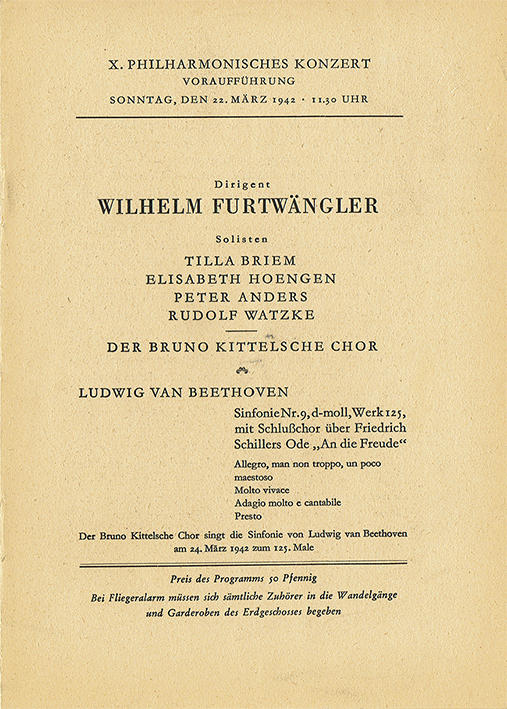
We announced it several times, and now it’s a done deal! The SWF has uploaded to its online shop the first downloadable item.
This is Beethoven’s Ninth Symphony, Berlin 1942, and the digital ‘pack’ includes, in addition to the audio files (CD quality + mp3) a varied ensemble of documents in pdf.
Once you are on our shop page, you just have to choose the product SWF D01 and then proceed as for the purchase of a CD, except that at the end of the process, after confirming the contents of your cart, you can download all the files by clicking on the large violet button and then selecting where you want to place them on your computer.

You can also download them from the link appearing in the confirmation email of your order.
Don’t miss this great Premiere!

Since our newsletters are now available in both French and English, it is only fair that the email addressed to you at the beginning of each month (the 2nd to be precise), giving you the news from the preceding month, should appear with a link to the appropriate version of the website.
In order to be able to do this, we have returned to the mailing list of our members and have by default applied the following rule:
- link to the French version: members in France, Belgium, Switzerland, Monaco, Canada,
- link to the English version: the rest of the world.
We realise that there is, however, the risk of an error or misdirection.
Because of this you can modify this choice yourself if you wish to: simply go to ‘Mon Profil/My Profile’ in the upper right corner of the screen and modify ‘Langue/Language’.
For new members the choice should be made upon inscription.
As we announced a few weeks ago, all systems are now go for downloading! From 1 May the first digital ‘pack’ — Beethoven’s Ninth Symphony, Berlin 1942 — will be available on our site, and you can download it for 8 €.
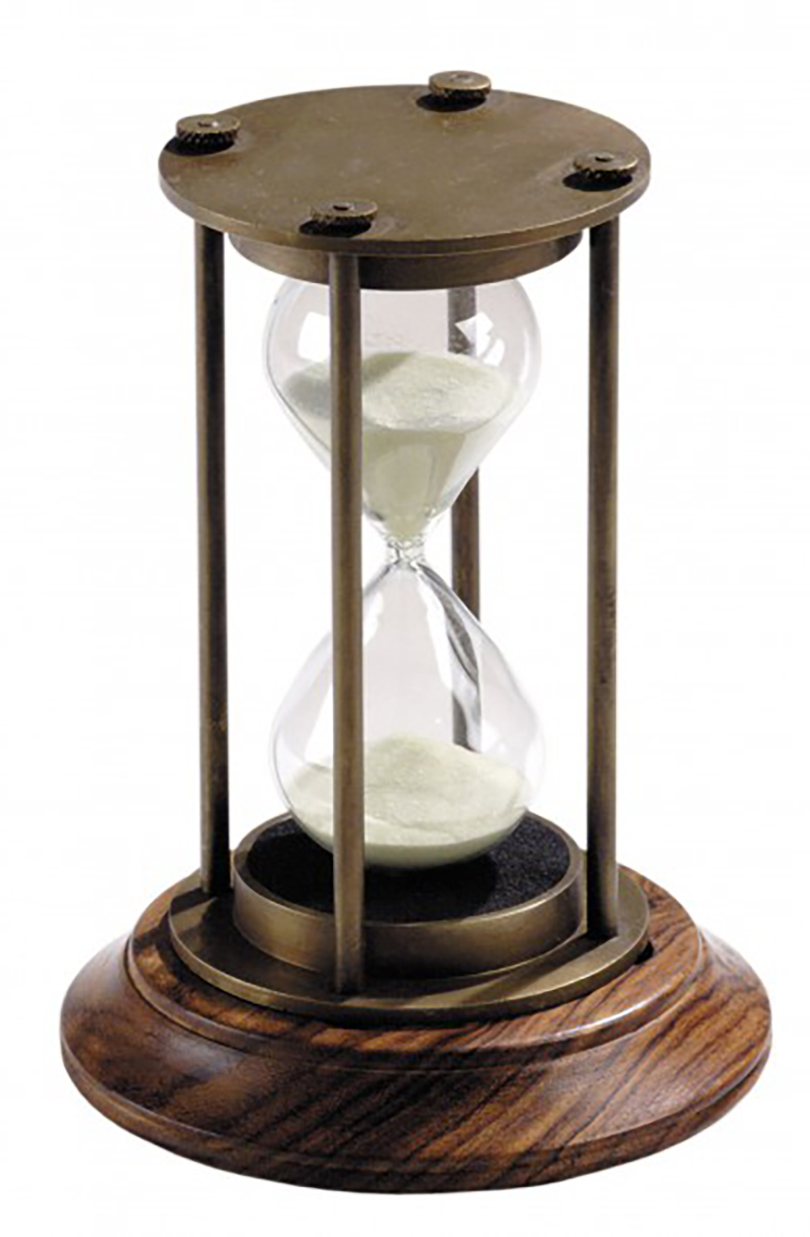
Need we say we have high hopes for this first project? We have carefully prepared the contents — plenty of pdf files to accompany the audio —, and we hope a lot of you will want to take full advantage of it.
In view of the many requests for a ‘physical’ product, we shall see about engraving a small number of CDs along with printed documentation. Please note, however, that this would be a derivative product that cannot rival the digital original.
We hope everyone will realize that this step is a crucial stage in our development, entailing an even more radical change than that caused by the move to CDs some thirty years ago. Above all, it promises many more great things to come!
Among the studies penned by faithful members, there is one that illustrates, in especially detailed fashion, a particular period in the career of Furtwängler: that covering his activity in Frankfurt, either as titular director of the concerts of the ‘Museums-Gesellschaft’ or as guest conductor, notably with his Berlin Philharmonic.
This circular, as it was then called, co-authored in 1986 by Hermann Wendel and Philippe Jacquard, had aged notably when transferred from a printed format (prepared with our limited means at the time…) to our earlier site, losing in the process its illustrations and undergoing textual modifications.
Here it is, in our new, updated graphic presentation, corrected and completed by what has been discovered since, and with a refreshed and augmented iconography.
For some years we have been offering our members facsimiles of programmes to download from our site — from Berlin (Philharmonie and Staatsoper), Vienna (Philharmonic and Symphony), the Philharmonia..... But one orchestra was notable by its absence, that of the Leipzig Gewandhaus, which Furtwängler conducted for six seasons from 1922. The destruction of 60% of the city is no doubt a major factor in the rarity of such documents.

To remedy this absence, we are simultaneously posting three programmes on our site, all of which present vocal soloists:
- 1 January 1923, the bass Alexander Kipnis,
- 1 January 1926, the Danish soprano Birgit Engell,
- 13 October 1927, the soprano Elisabeth Rethberg.
These three facsimiles are available via the links in the dates above, and as always on the 'Get the programme' page.
In our search for programmes to present in facsimile, we previously found and uploaded the programme for the Berlin Staatskapelle concert of 3 April 1920, with Beethoven’s Ninth Symphony. That was the earliest one we had so far, but in this respect it is now just pipped at the post by one that you can open with a single click, presenting the concert of the previous day, Friday 2 April. According to the programme this was a special concert, and so it must have been, since apparently there was no time to produce a full booklet, the programme comprising just a single printed page.
So this becomes the first in our list, at least until another — perhaps from Lübeck or Mannheim — turns up to displace it.
Roger Smithson, a long-time member of the SWF, has translated the introductory notes to the programme facsimiles. It only remained to add these translations to the English version of our site, and this has now finally been completed for all of the programmes. We will do this consistently for future publications, such as that in mid-April when the Gewandhaus programmes will be put online.
Don’t forget that each of the programmes is linked to the concert concerned, but is also searchable from the Get the programme! page.
For Christians, this Friday is like no other, being Holy Friday and the occasion for celebrating Christ’s Passion.
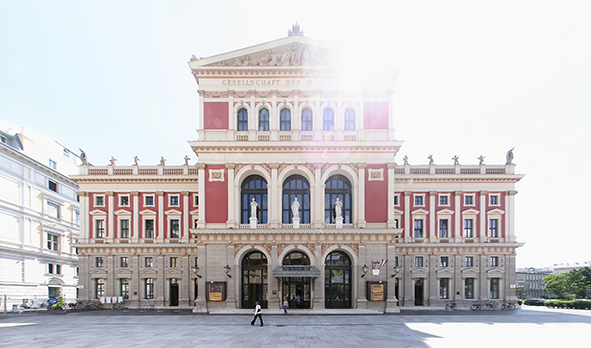
How better to illustrate this than by evoking Bach’s Saint Matthew Passion? Furtwängler conducted many performances of it — nearly forty! And almost 80 years later, here is a facsimile of the programme for the Matthew Passion given in Vienna on 23 November 1938, with a superlative distribution: Jo Vincent, Louis von Tulder, Margarete Klose… and the Singverein of the Society of the Friends of Music, not forgetting the Little Singers of Vienna.
The rarity of the programme will enable you to overlook the condition of the document. As always, the latter is also available from the concert.
Modification of ‘Actualités’ (Current news): so that the listed news does not get too out of date on the website, it is transferred after 4 months to the page ‘Voir l'actu ancienne’ (See earlier news), reserved for members.

